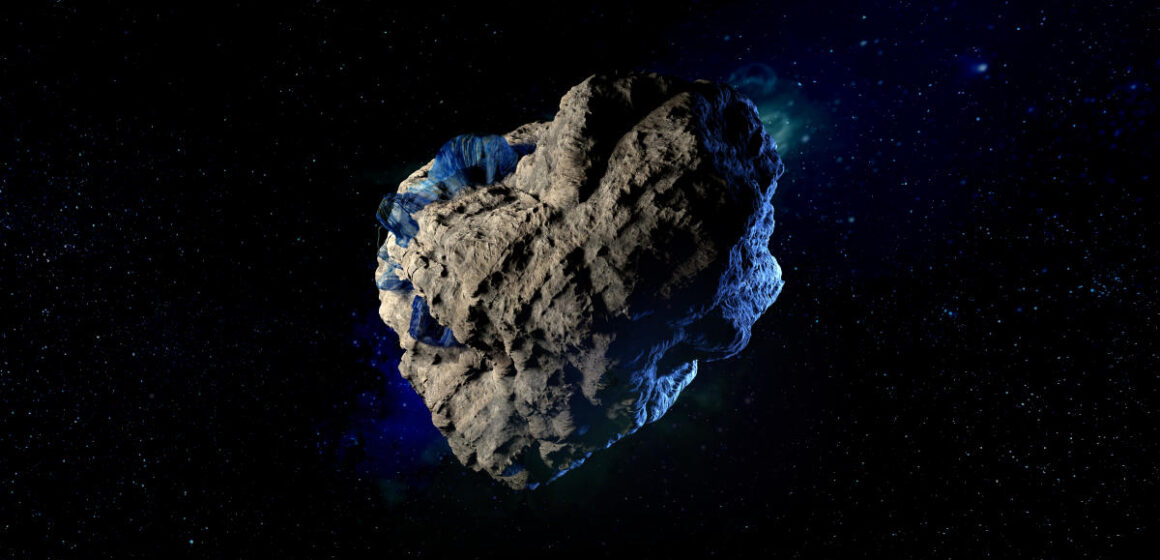Tiny crystals of table salt found in an asteroid sample may help explain the enduring mystery of how water arrived on Earth.
The crystals discovered by researchers at the University of Arizona’s Lunar and Planetary Laboratory (LPL) can only form in the presence of liquid water, scientists said.
The finding suggests that many S-type asteroids — previously thought to lack water-bearing minerals — may actually be wetter than previously thought.
This lends weight to the idea that most of Earth’s water probably arrived on asteroids in the early days of our planet.
The researchers performed a detailed analysis of samples collected from the asteroid Itokawa in 2005 by Japan’s Hayabusa mission and brought back to Earth in 2010.
Tom Zega, senior author of the study and professor of planetary sciences at LPL, said: “The grains look exactly like what you would see if you took table salt at home and put it under an electron microscope.
“They’re these nice square crystals. It was also funny because we had a lot of lively conversations in group meetings about them because it was so unreal.
“Ordinary chondrites have long been thought to be an unlikely source of water on Earth.
“Our finding of sodium chloride tells us that this asteroid population may contain much more water than we thought.”
Zega said the samples represent a type of alien rock known as ordinary chondrite — derived from so-called S-type asteroids like Itokawa, which make up about 87 percent of the meteorites collected on Earth.
However, very few have been found to contain water-bearing minerals.
Scientists today largely agree that Earth, along with other rocky planets such as Venus and Mars, formed in the inner region of the swirling cloud of gas and dust surrounding the young sun, known as the solar nebula.
Temperatures there were too high for water vapor to condense from the gas, according to Shaofan Che, lead author of the study and a postdoctoral fellow at LPL.
He said: “In other words, water here on Earth had to be supplied from the outer parts of the solar nebula, where temperatures were much lower and allowed water to exist, most likely in the form of ice.”
“The most likely scenario is that comets or another type of asteroid known as C-type asteroids that were further out in the solar nebula migrated inward and delivered their water cargo by colliding with the young Earth.” ”
The discovery that water may have been present in ordinary chondrites, and therefore originated much closer to the sun than their “wetter” relatives, has implications for any scenario that attempts to explain the delivery of water to the early Earth .
Zega said tons of extraterrestrial matter rain down on Earth every day, but most of it burns up in the atmosphere and never reaches the surface.
“You need a rock large enough to survive entry and deliver that water,” he said.
Previous work in the 1990s, led by the late Michael Drake, former LPL director, proposed a mechanism by which water molecules in the early solar system could become trapped in asteroid minerals and even survive an impact with Earth.
“These studies suggest that several oceans’ worth of water could be delivered by this mechanism alone,” Zega said. “If it now turns out that the most common asteroids may be much ‘wetter’ than we thought, it will make the hypothesis of an asteroid water supply even more plausible.”
Watch: A meteor shoots into the sky over Puerto Rico

